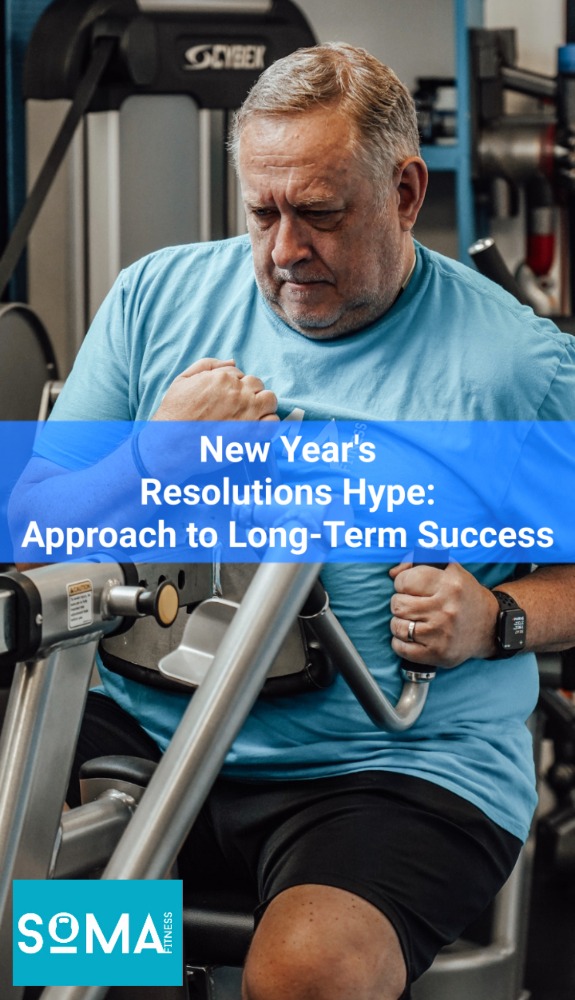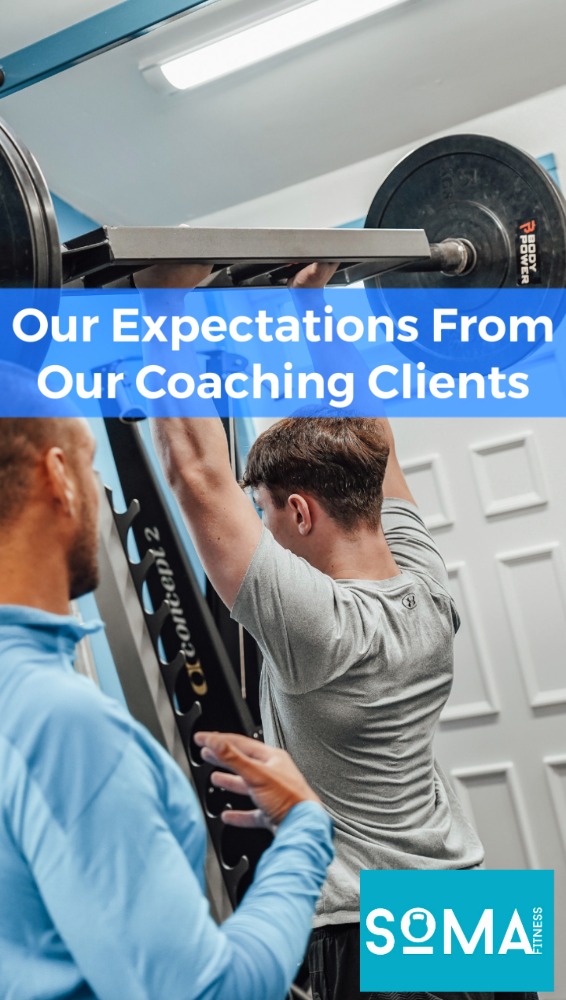New Year’s Resolutions Hype: The Soma Fitness Approach to Long-Term Success
As the calendar turns to January, the air is filled with resolutions and promises of a fresh start. Gyms are bustling with enthusiastic individuals, eager to transform their bodies and lifestyles. However, at Soma Fitness, we understand the pitfalls of the typical New Year’s resolution mindset and advocate for a more sustainable approach to fitness.
The January Hype:
It’s no secret that January sees a surge in gym attendance as people embark on their New Year’s resolutions. The motivation is high, but unfortunately, it often proves to be short-lived. The initial burst of enthusiasm tends to fade, leaving many individuals discouraged and back to their old habits by February.
Understanding the Psychology:
At Soma Fitness, we believe it’s crucial to delve into the psychology behind resolutions. Setting ambitious goals without a clear plan can lead to frustration and disappointment. Rather than succumbing to the temporary January motivation, we encourage our clients to outline their goals and understand the steps required for long-term success.
Consistency is Key:
While the hype of January can be motivating, it’s consistency that truly yields results. Training intensely five times a week for a month might provide initial gains, but it’s the sustained effort of 2-3 sessions per week throughout an entire year that leads to lasting transformations. Our philosophy emphasises the importance of building a fitness routine that aligns with your lifestyle and can be maintained over the long term.
Lifestyle Changes and Personalisation:
Achieving fitness goals often necessitates lifestyle changes. At Soma Fitness, our personal trainers work closely with clients to outline the journey toward their objectives. We understand that one size doesn’t fit all, and our trainers tailor programs to suit individual needs, considering factors such as fitness level, preferences, and time constraints.
Structure and Guidance:
Embarking on a fitness journey without structure is like stepping into an unknown land with no maps, you would have to navigate a whole city to find out where everything is you will likely get lost a few times and perhaps your walk into the wrong neighbourhood and get robbed. To ensure our clients stay on course, we provide the necessary structure and guidance needed for success. Whether you prefer face-to-face coaching or our newly introduced online coaching with a unique app, Soma Fitness is committed to offering a personalised experience.
Introducing Online Coaching:
Recognising the need for flexibility and convenience, we now offer online coaching through our exclusive app. This service extends to both our face-to-face clients and those seeking a digital approach. With Soma Fitness, you can access expert guidance, personalised workout plans, and nutritional advice from the comfort of your home or wherever your journey takes you.
As the excitement of January resolutions subsides, the team at Soma Fitness encourages you to shift your focus from short-term goals to sustainable, long-term success. Consistency, personalisation, and guidance are the cornerstones of our approach.
Whether you choose face-to-face coaching or our online services, we are here to support you on your fitness journey. Reach out to us, and let’s outline a path to success together.
Wishing you all a very happy and healthy 2024!










Recent Comments